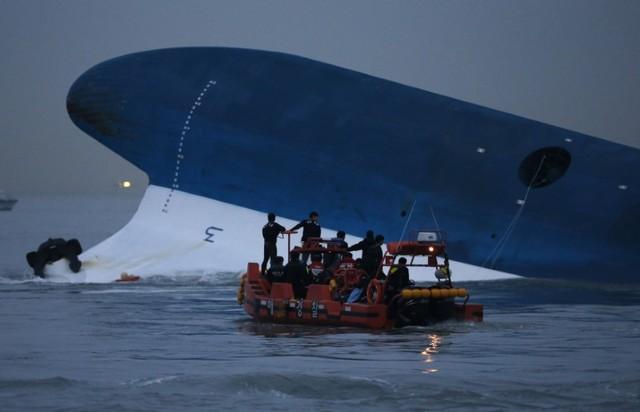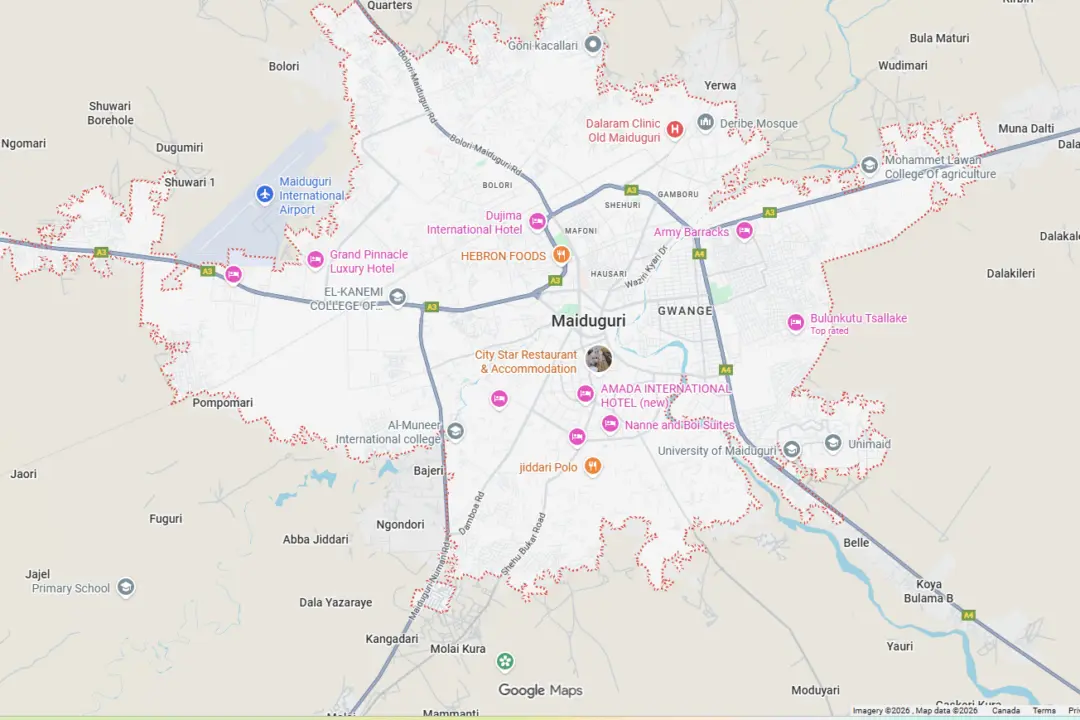A South Korean court on Thursday acknowledged for the first time the government’s liability for the 2014 sinking of the Sewol ferry, which killed 304 people, mainly school children, and ordered it to compensate victims’ families.
A botched rescue and the toll of children in one of Asia’s most technically advanced economies shocked and angered South Koreans, and the administration of former President Park Geun-hye was the focus of much of the ire.





